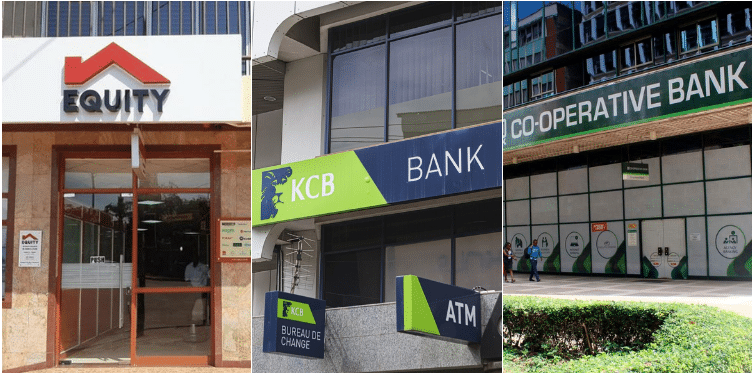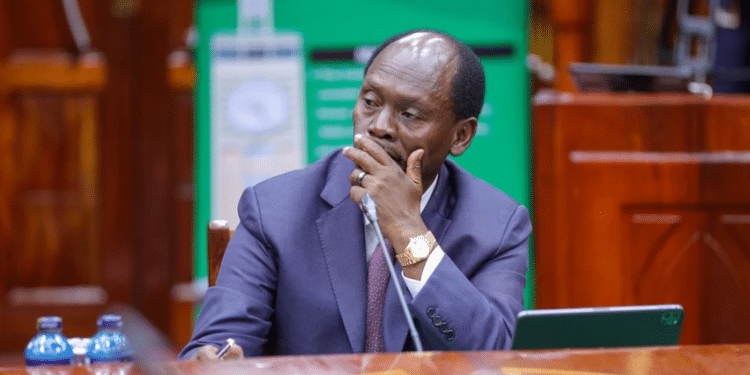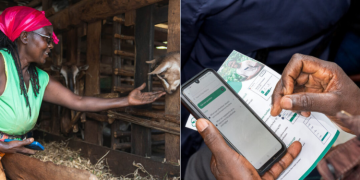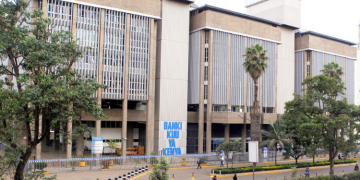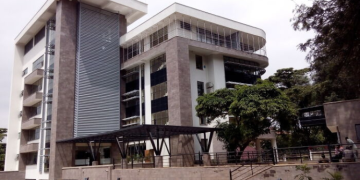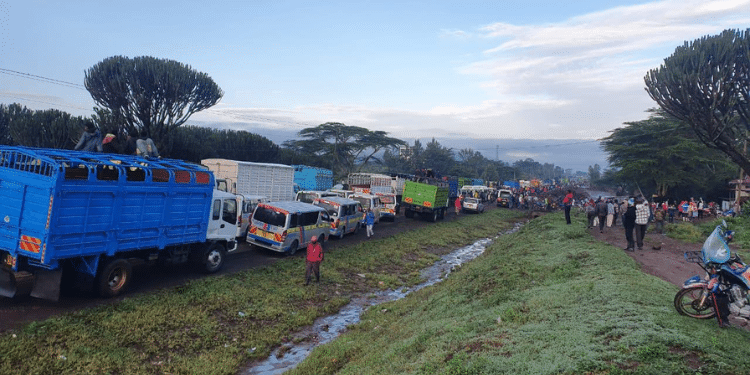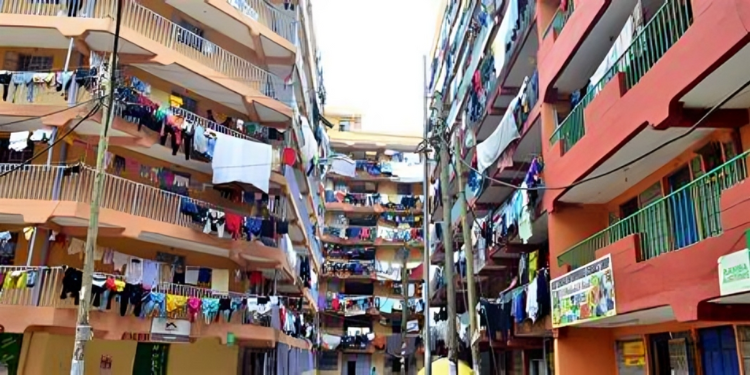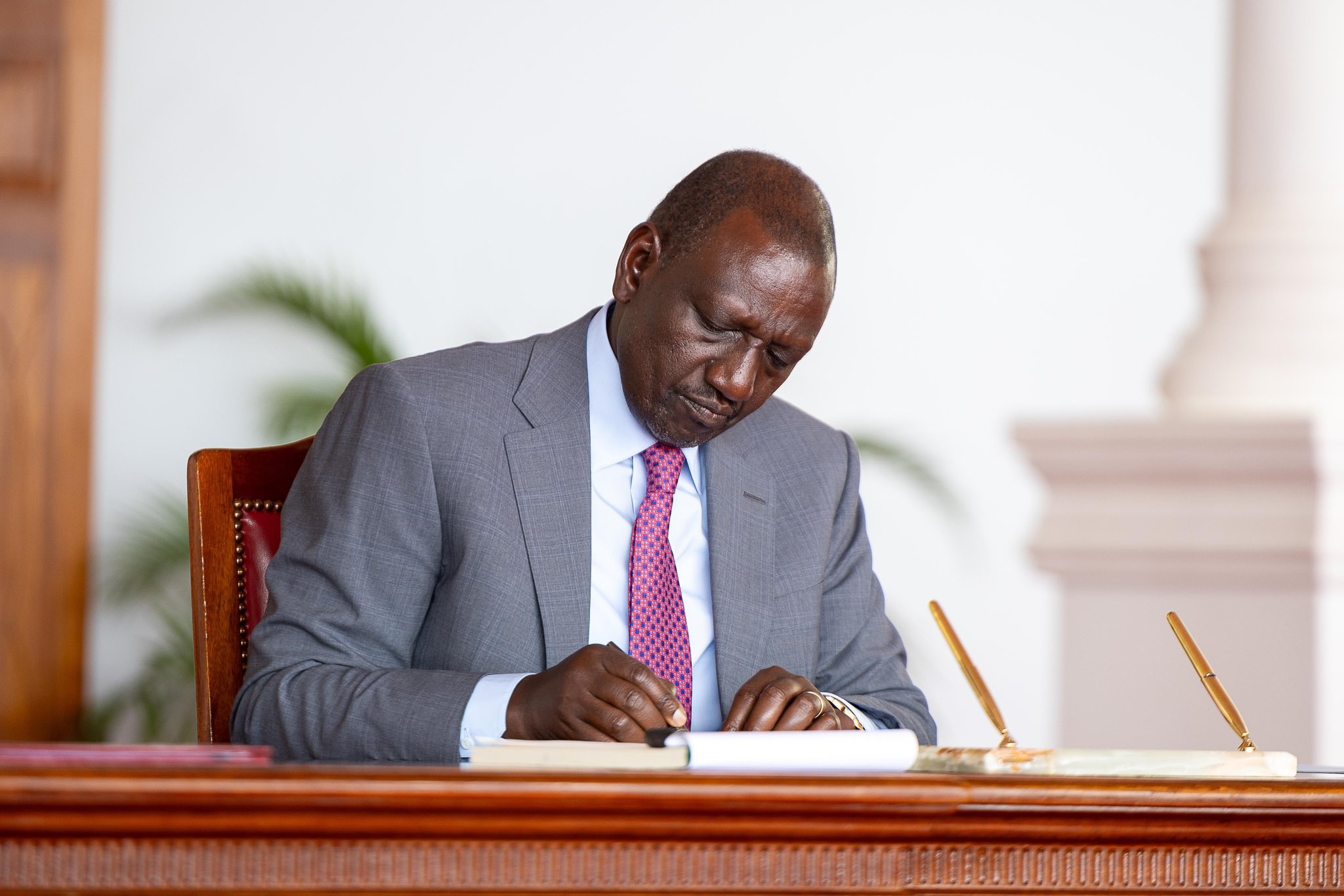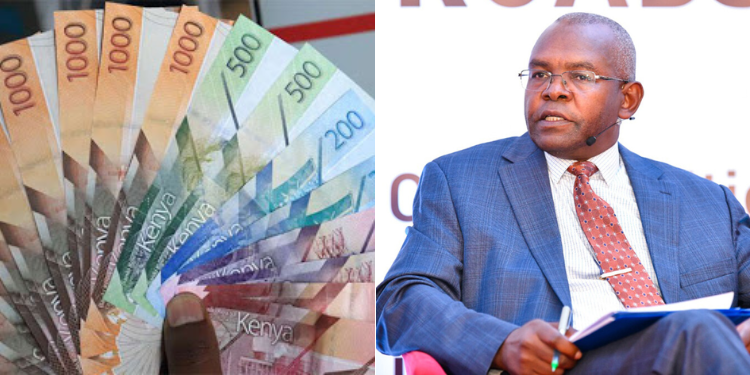Central Bank of Kenya (CBK) Governor Dr. Kamau Thugge has revealed that only one commercial bank has so far submitted its pricing model for new loans based on the Kenya Shilling Overnight Interbank Average (KESONIA) model.
Speaking during a Monetary Policy briefing on Wednesday, October 8, Dr. Thugge stated that there are two distinct timelines — one for existing loans and another for new loans.
According to the CBK, all new loans will be subject to the new risk-based credit pricing framework. Banks are expected to submit their models within three months, plus an additional two weeks, from the date of issuance.
For existing loans, Dr. Thugge noted that implementation is expected to begin by March 2026, while the key date for all new loans remains December 1, 2025.
“We already have one bank that has submitted to us, but we had given banks three months for the new loans and six months for the existing loans,” he said.
Also Read: Cheaper Loans for Kenyans as CBK Lowers Bank Lending Rates Again
CBK Governor Thugge Says Only One Kenyan Bank Has Submitted New Loan Pricing Model
In a public notice issued on August 4, NBK announced that it would transition to the new pricing framework in two phases — effective August 1, 2025, for new loans, and September 1, 2025, for existing loans.
Under the new model, all applicable loans will be priced at the NBK Reference Rate of 12.9%, plus a risk premium determined by the borrower’s credit profile.
Meanwhile, the CBK Governor added that a technical committee is overseeing the implementation process and reviewing models submitted by lenders to ensure they comply with CBK guidelines.
“We have a technical working committee comprising CBK and industry players working to ensure that these frameworks are approved by the boards of the respective banks as soon as possible,” Dr. Thugge explained.
Also Read: EXPLAINED: How Kenyans Will Repay Bank Loans Under the New CBK Rules
He further encouraged lenders to adopt the new framework quickly, stating that early adopters would stand to benefit.
“It would be an advantage for the first movers — those banks that move quickly to adopt this new framework. Kenyans will appreciate the transparency and the assurance that whenever CBK makes a policy decision, it is quickly reflected in their lending rates,” Dr. Thugge said.
Kamu Thugge stated that CBK has been facing challenges where cuts in the Central Bank Rate have not been passed on to borrowers through lower lending rates, mostly because each bank uses its own base lending rate.
“The new framework is designed to ensure that interest rate cuts are effectively transmitted to borrowers, particularly small and medium-sized enterprises (SMEs), without increasing the level of non-performing loans (NPLs),” he said.
“What we have seen in the past is the banks were quick to raise rates when the CBR went up, (0:23) but weren’t as quick to lower their lending rates when the CBR came down.”
Dr. Thugge explained that the new framework introduces a common reference rate, the KESONIA, for all banks and variable-rate loans.
He said that whenever the Central Bank lowers the policy rate and undertakes monetary operations to align KESONIA with that level, borrowers will immediately experience a reduction in their lending rates.
How the New Policy Will Work
Under the old system, if you borrowed Ksh 100,000, the bank could tell you in advance that you would repay, for example, Ksh 10,000 every month for 12 months. Even if interest rates changed, your installments remained the same.
Under the new model, repayments will depend on the prevailing KESONIA rate. For instance, in April 2026, banks will calculate the compounded KESONIA for that month, apply it as the base lending rate, and then add their premium.
Your exact repayment amount will only be known when it becomes due.
In short:
-
Old system → predictable monthly installments.
-
New system → repayment amounts vary with market conditions and are confirmed only at payment time.
Follow our WhatsApp Channel and X Account for real-time news updates.
